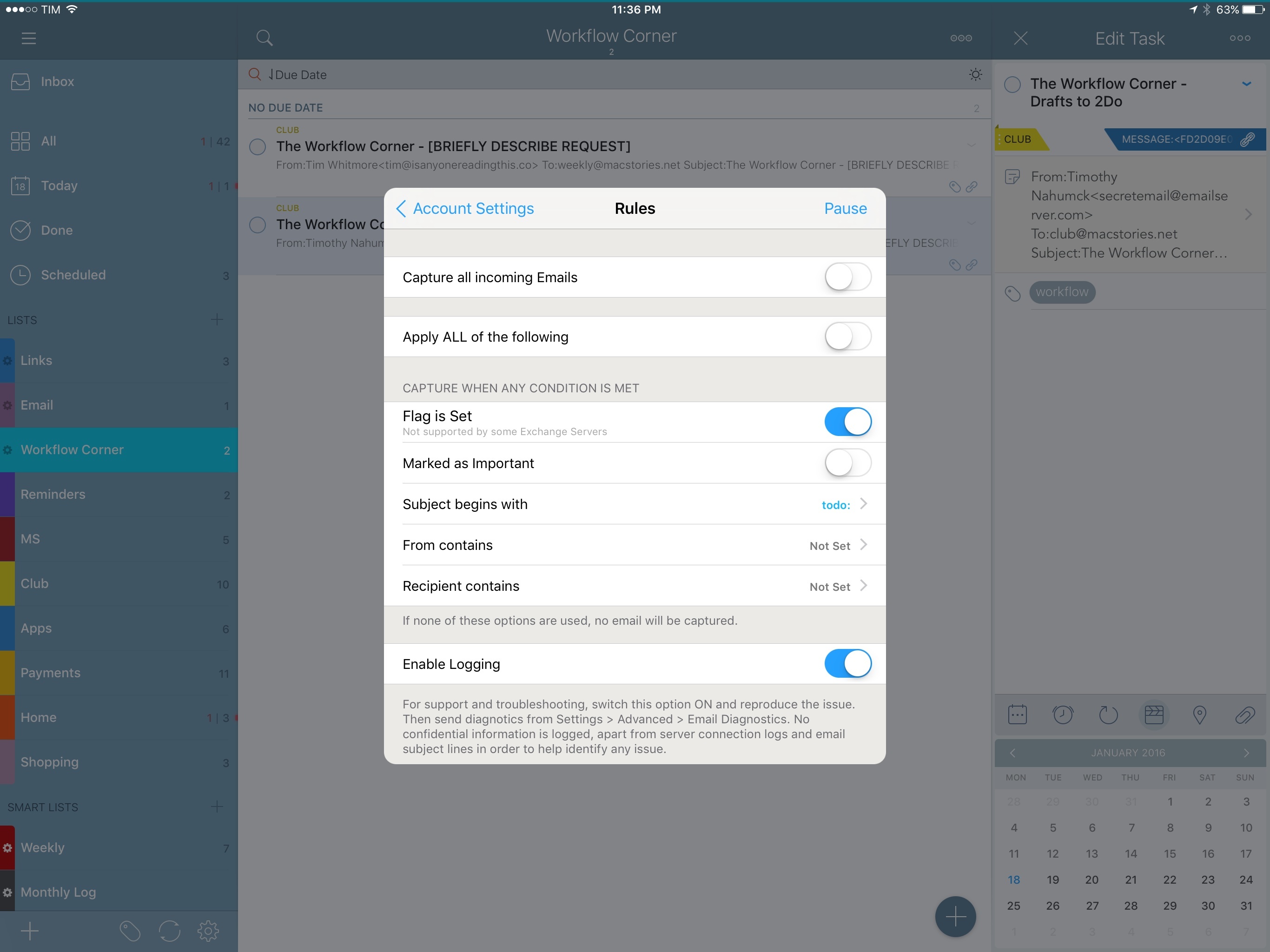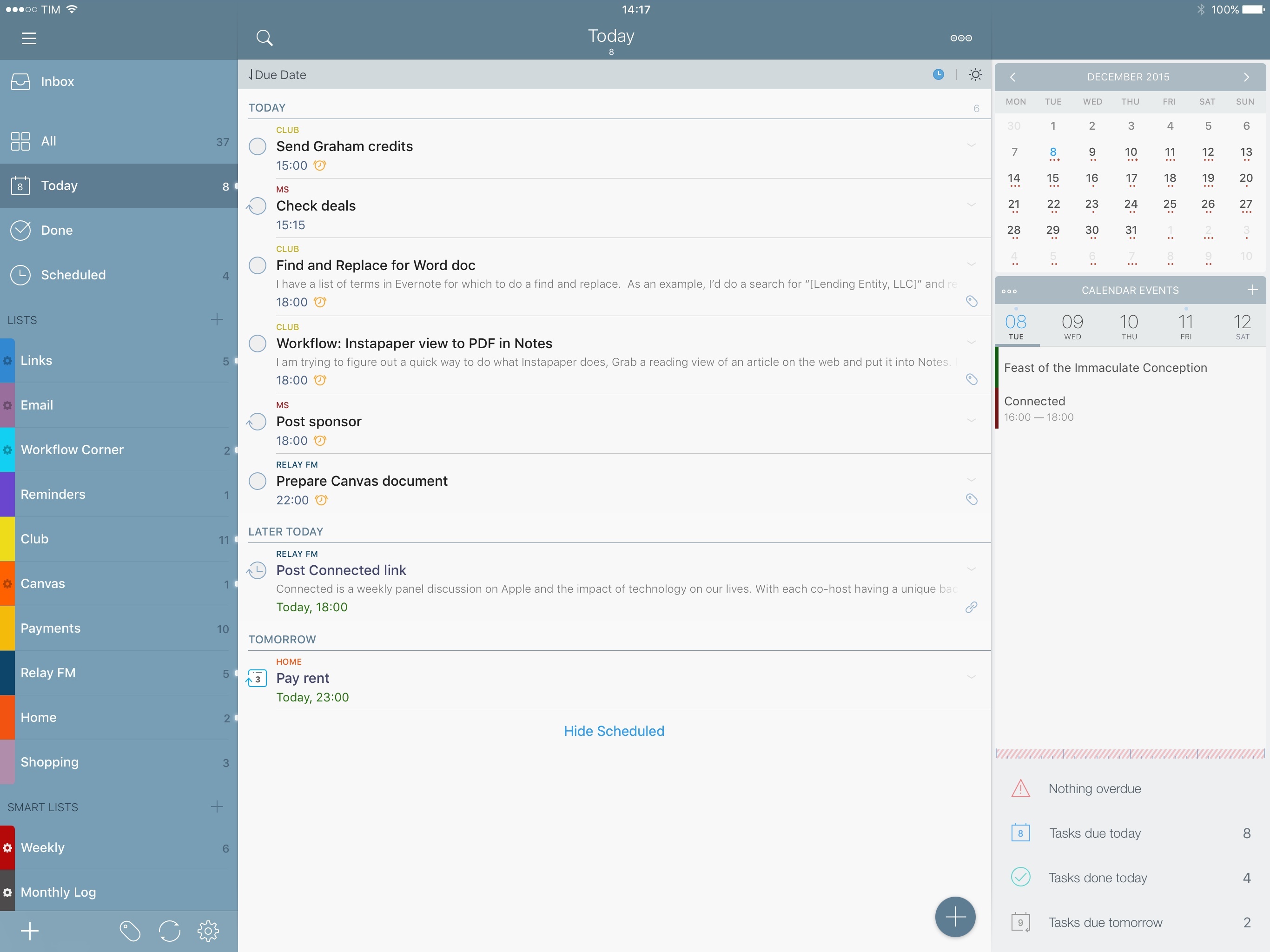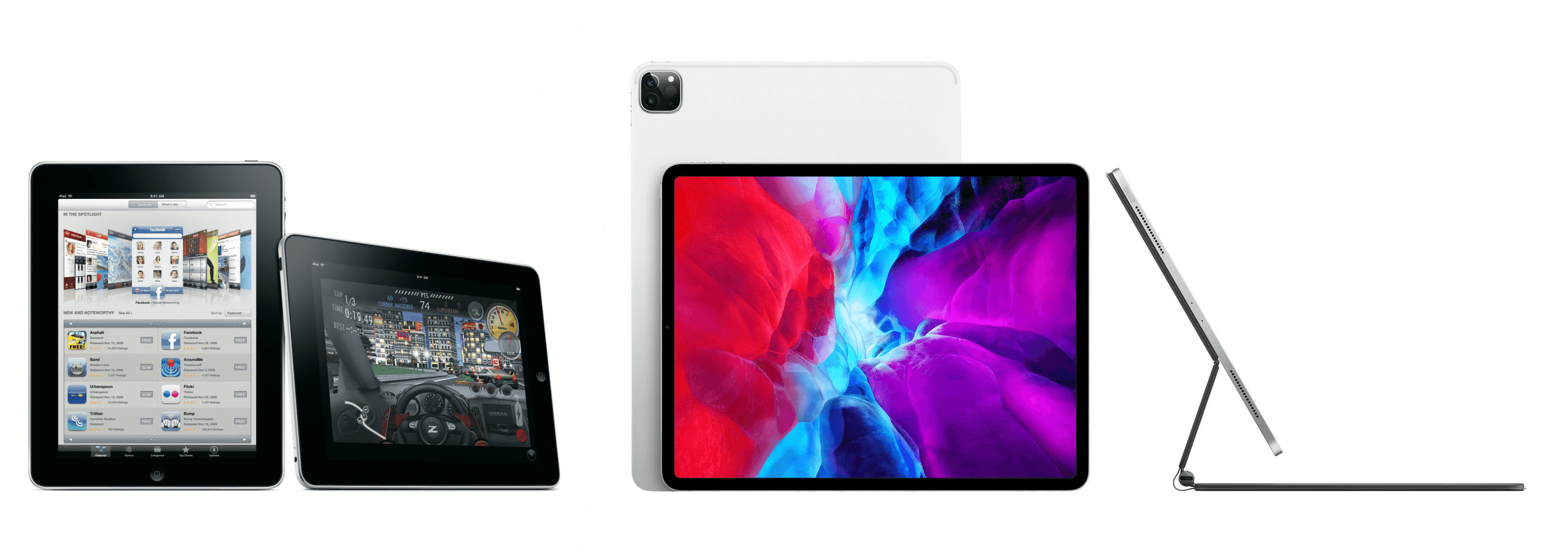Fahad Gilani, developer of 2Do (one of my favorite task managers on iOS), has decided to adopt a ‘free with In-App Purchases’ model after years of a traditional ‘paid upfront with free updates’ app. He writes:
It’s about choices, or the lack thereof. I’m disappointed to say this, but after having to continually support and develop 2Do on various platforms for over 8 years, the free updates model has begun to lose its lustre. Folks that know me (and there aren’t too many of those in the wild), know how I really feel about subscriptions, in-app purchases and anything that nags the user for more money than they’ve originally paid.
Past several years what I’ve truly been waiting for is a solution that’s in-between in-app purchases, subscriptions and paid upgrades. Instead, what we got out from this year’s WWDC was “Subscriptions for all!”. I don’t know about you, and your opinion on this may differ, but I’d personally hate to see the 10+ apps I use frequently to turn into a $2.99+ monthly subscription. I appreciate that there’s a difference between a Service and an App, but nowadays everyone’s begun to portray their app as a service. Maybe it’s just me, but I’m not comfortable with that thought; even as a developer.
And here’s how it’s going to work, starting with Android and moving to other platforms:
In short, even after the trial expires, the app will continue to offer all of its features, except for Sync, Backups and Alert Notifications (i.e. turn into a dumb, but useful to do list). In order to enable those, the user could upgrade to the full version by paying once.
Nothing changes for folks that have already purchased the app. You won’t have to pay again (on Android there isn’t currently a way to determine if you’ve already paid for the app, however I’ll figure something out so it remains free). The app will still be priced the same, only the model changes a bit to allow it to be previewed for free.
This comes a week after The Omni Group has announced that all their apps will become free downloads with trials and unlocks handled by one-time In-App Purchases. I sense a trend consolidating for developers of productivity software on iOS; I hope Apple is okay with this use of In-App Purchases and that it’ll scale in practice. If this allows developers of pro iOS apps to build better sustainable businesses for years to come, I’m all for it.




